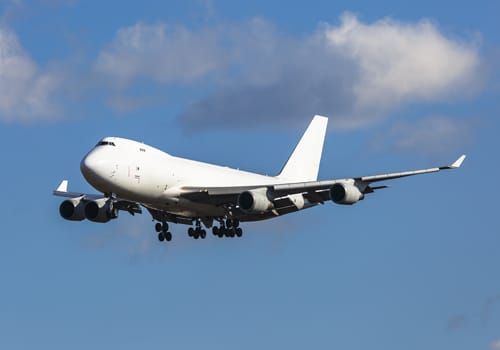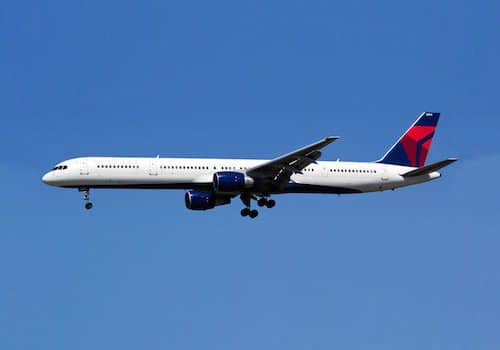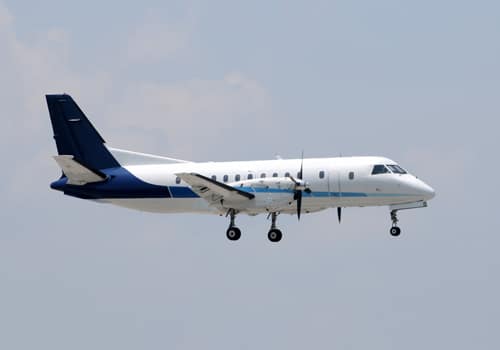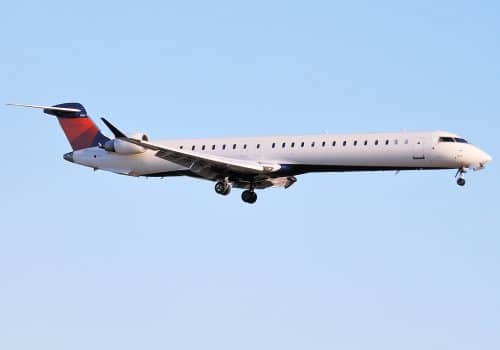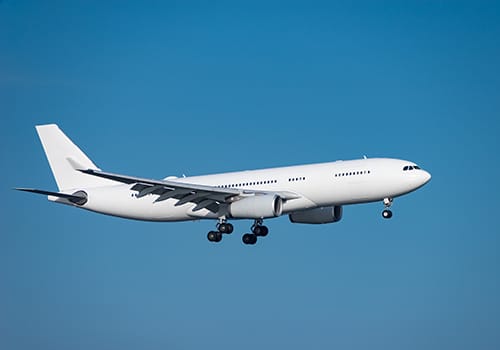Description
Overview:
The Boeing 747-8 is a large-bodied jetliner developed by the American manufacturer Boeing. It was officially announced in 2005. The 747-8 is the fifth generation of the Boeing 747, with an elongated fuselage, redesigned airfoils and superior performance to the 747-400. It was developed to offer an alternative to the Airbus A380.
Numerous projects such as the 747X, or the 747X Strech were designed, but only some of these designs were used for the new aircraft. In November 2005, Boeing announced the launch of the Boeing “Advanced”, the B747-800.
Commercial Features:
The passenger version, called the 747-8 Intercontinental or 747-8I, was officially launched on November 14, 2005.
Its cabin accommodates up to 467 passengers in 3 classes, although airlines can change the configuration if needed. The interior of the B737-8 is not very different from that of the 747-400 or the 787, nevertheless some beautiful ideas came to light in its production. In particular, LED lighting provides “ambient” lighting while reducing electricity costs. The curved staircase leading to the upper deck is also designed to better integrate into the cabin, and some versions (VIP) are delivered with sleeping pods instead of seats on the upper deck.
On January 29, 2015, the US Administration decided to choose two Boeing 747-8s to replace the two Boeing VC-25s, to serve as the United States presidential plane, the Air Force One.
Technical Features:
This model is the largest version of the 747, the largest commercial aircraft built in the US and the longest passenger aircraft in the world, ahead of the Airbus A380.
There are 2 different versions: the 747-8 Intercontinental which is the “passenger” version, and the Freighter version for freight. The first 747-8F made its first flight on February 8, 2010 and the 747-8 Intercontinental followed on March 20, 2011. The first cargo aircraft was delivered in October 2011; and the passenger version in 2012. In February 2016, the 747-8 had 121 firm orders, 70 for the cargo version and 51 for the passenger version.
Despite the initial design for a shorter fuselage than the cargo model, the two versions are the same length, which increases passenger capacity and makes the 747-8I simpler to modify for cargo use. On the 747-8I, the upper deck is elongated. The new engines and the aerodynamic modifications allow greater range. Boeing says that the 747-400 is 30% quieter, 16% more energy efficient and have a lower cost per passenger-kilometer of 13% on the same route.






